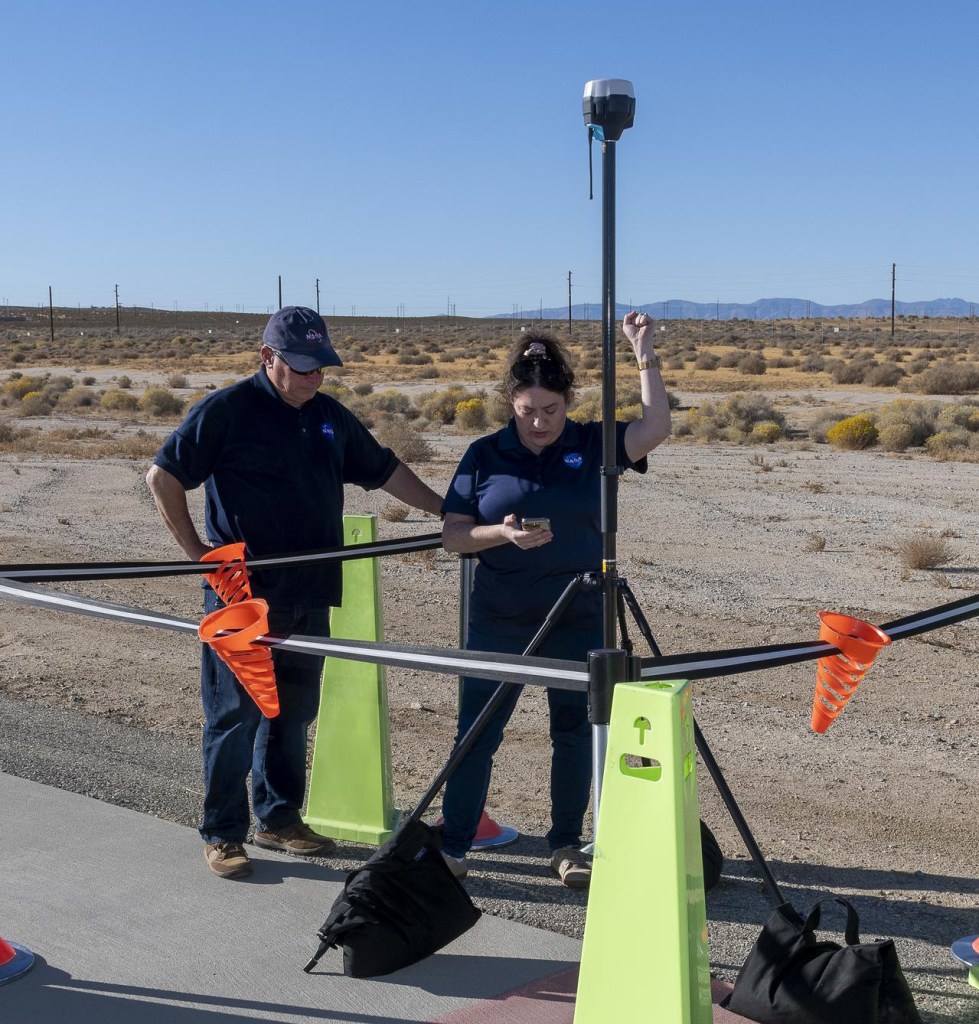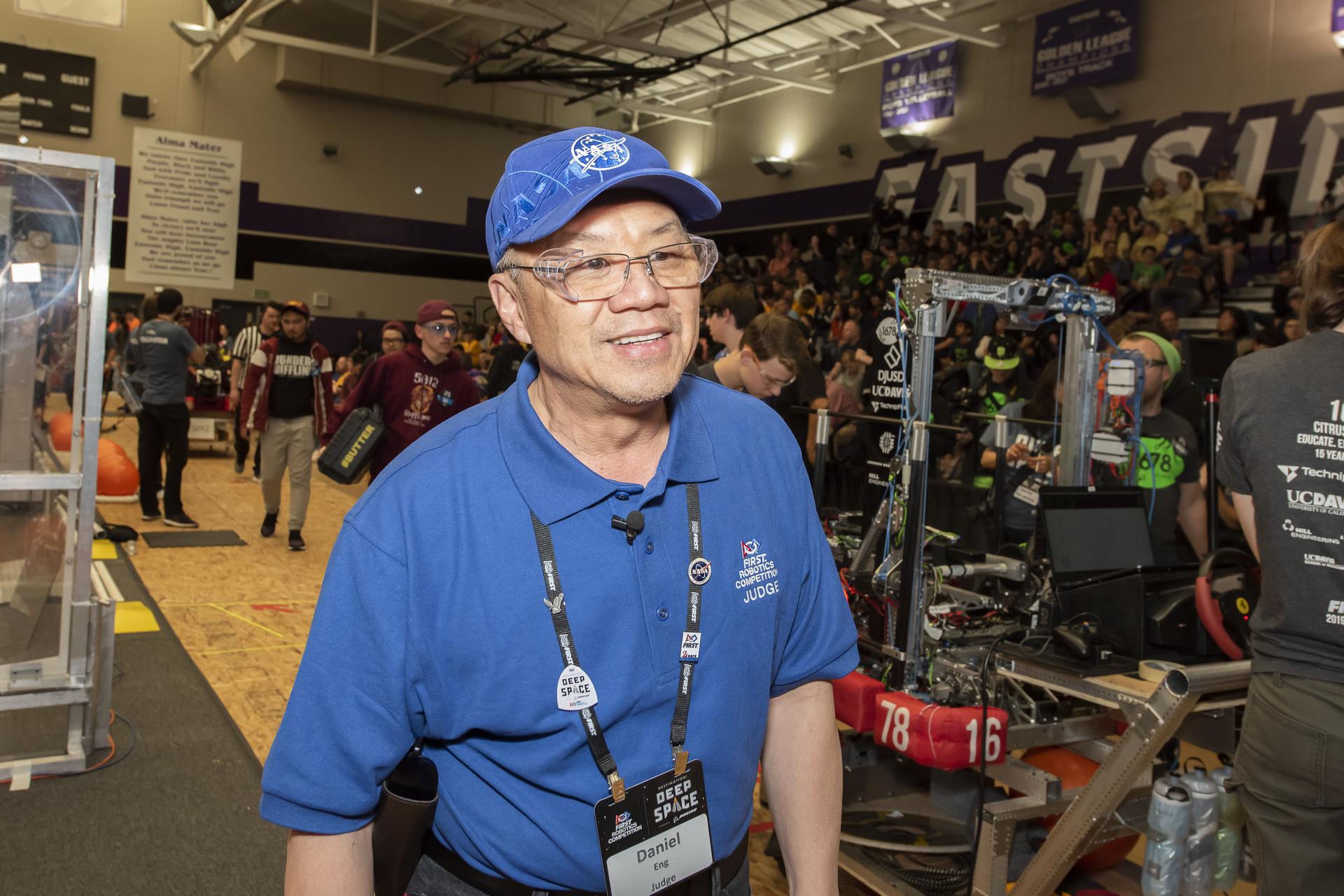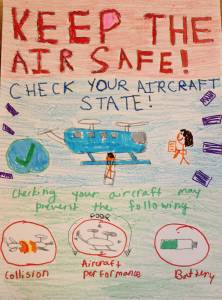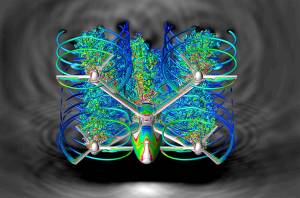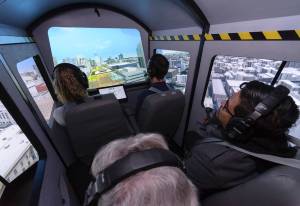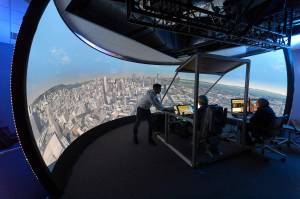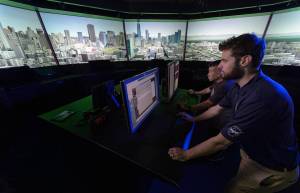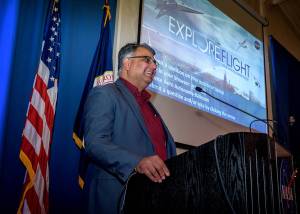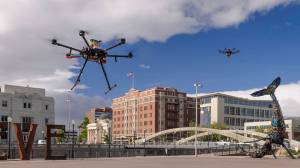
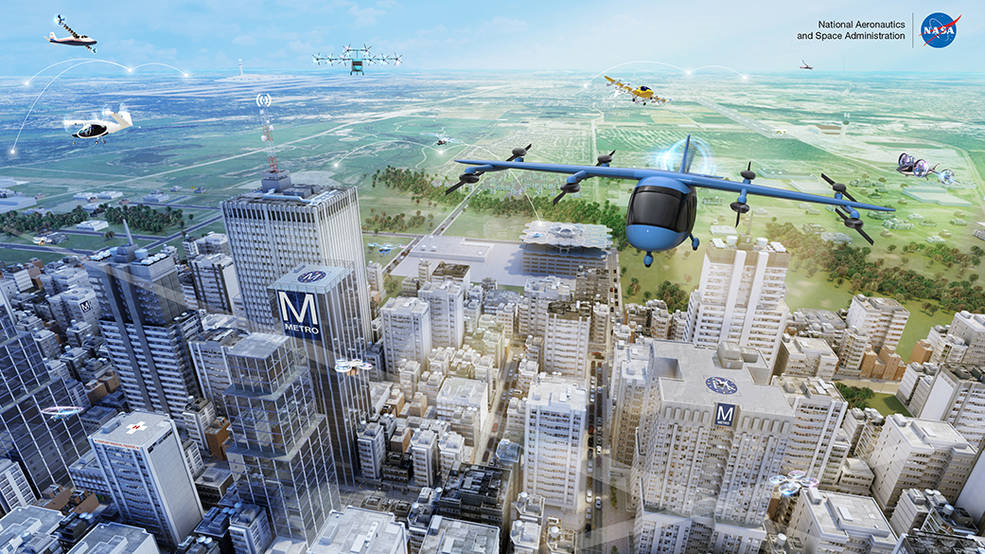

Air Mobility Pathfinders Project
Air Mobility Pathfinders will tackle one of the most important challenges in the Advanced Air Mobility industry – researching how to safely integrate emerging electric air taxi technologies into cities and the national airspace system to help revolutionize air transportation.
This project’s research will help accelerate the industry’s development of this innovative system of aircraft and technologies to move people and cargo safely to and around metropolitan areas while remaining connected to established forms of regional transport like subways, busses, ride-share services, and cars.
Through a series of technical capabilities evaluations with government and industry partners, researchers will collect data to create and test a reference architecture, or blueprint, for safe, secure, and scalable Urban Air Mobility operations which supports public good, and fosters U.S. aeronautics leadership worldwide.
PROJECT MANAGER
Karen Cate
DEPUTY PROJECT MANAGER
Rudy Aquilina
deputy project manager, technology
Ken Goodrich
Senior advisor for architecture
Jim Murphy
Latest AMP Project News

Small Steps, Giant Leaps: Episode 150: Urban Air Taxis
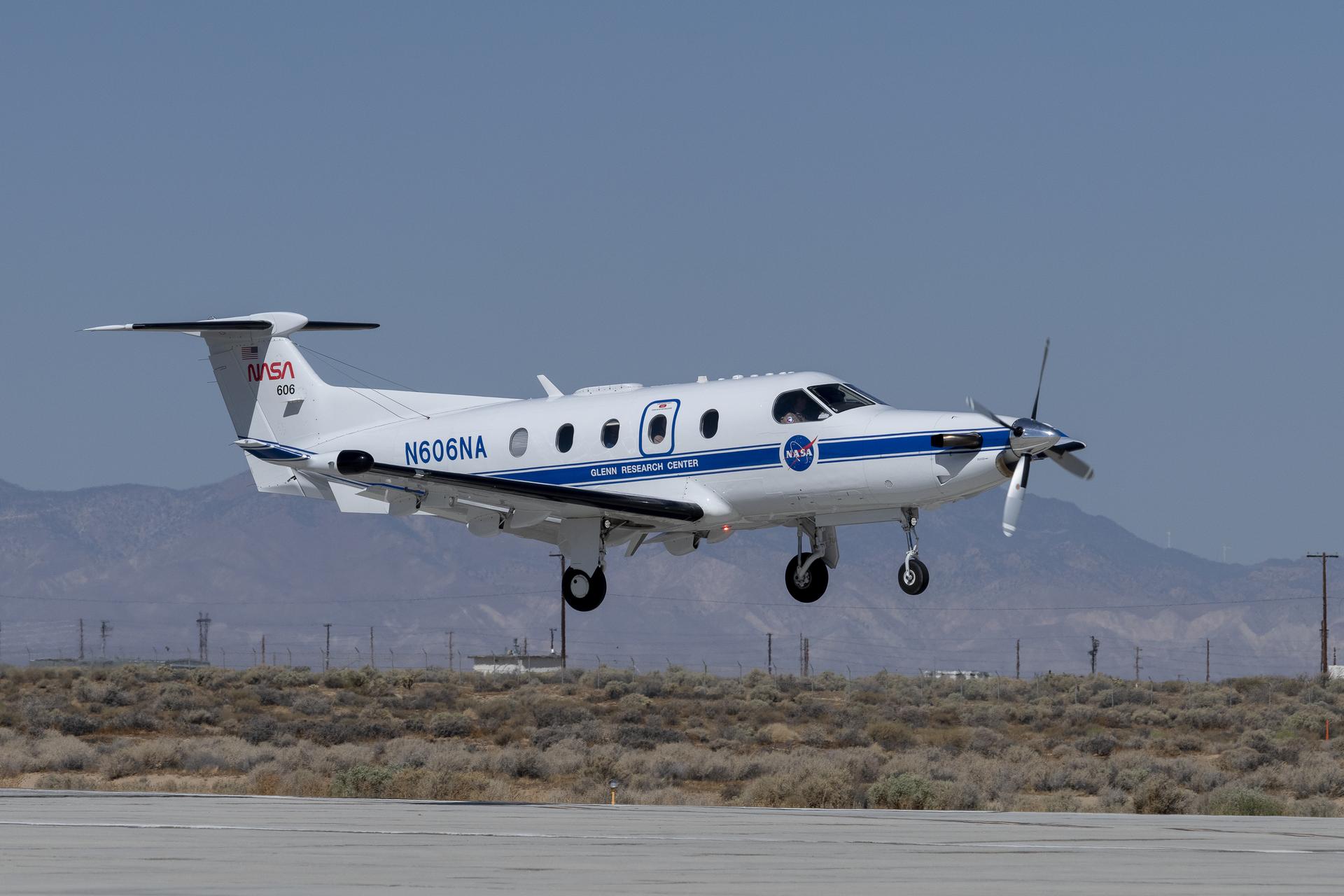
NASA Tests Air Traffic Surveillance Technology Using Its Pilatus PC-12 Aircraft

October Transformer of the Month: Nipa Phojanamongkolkij

NASA Autonomous Flight Software Successfully Used in Air Taxi Stand-Ins
Air Mobility Pathfinders Project Gallery
Emerging Aviation Markets
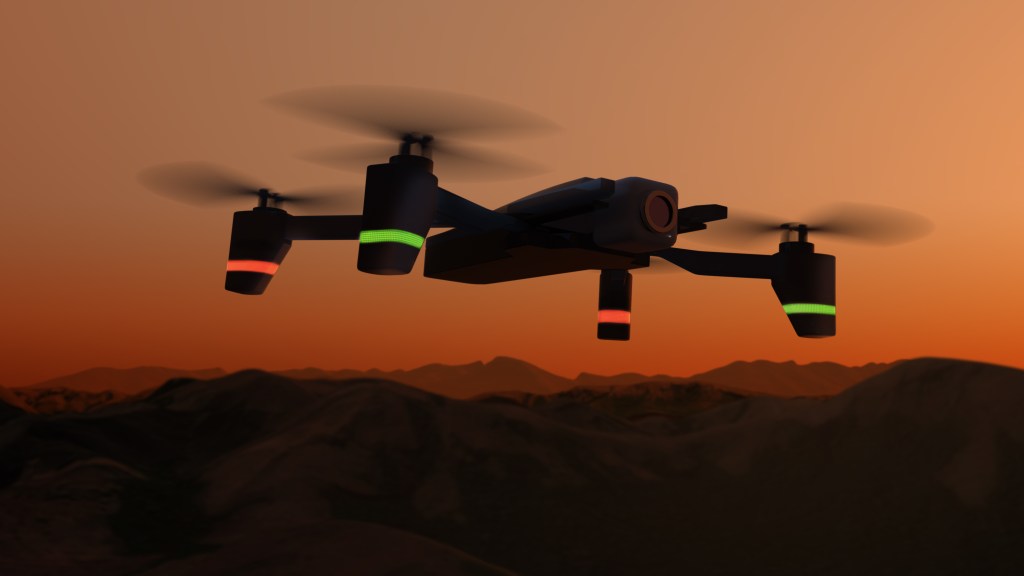
Emergency Response Operations
NASA’s Advanced Capabilities for Emergency Response Operations project – led by the agency’s Ames Research Center in California – is using drones and advanced aviation technologies to improve wildland fire coordination and operations.
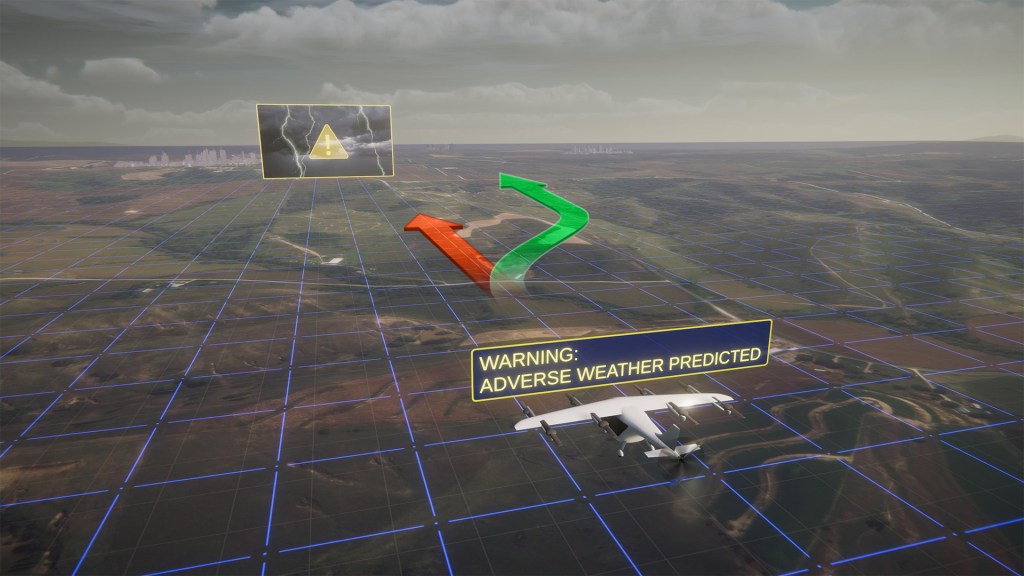
Safety is Paramount
The System-Wide Safety project is developing a new technology called the In-time Aviation Safety Management System, which will automate safety assurance and risk management functions performed manually today.
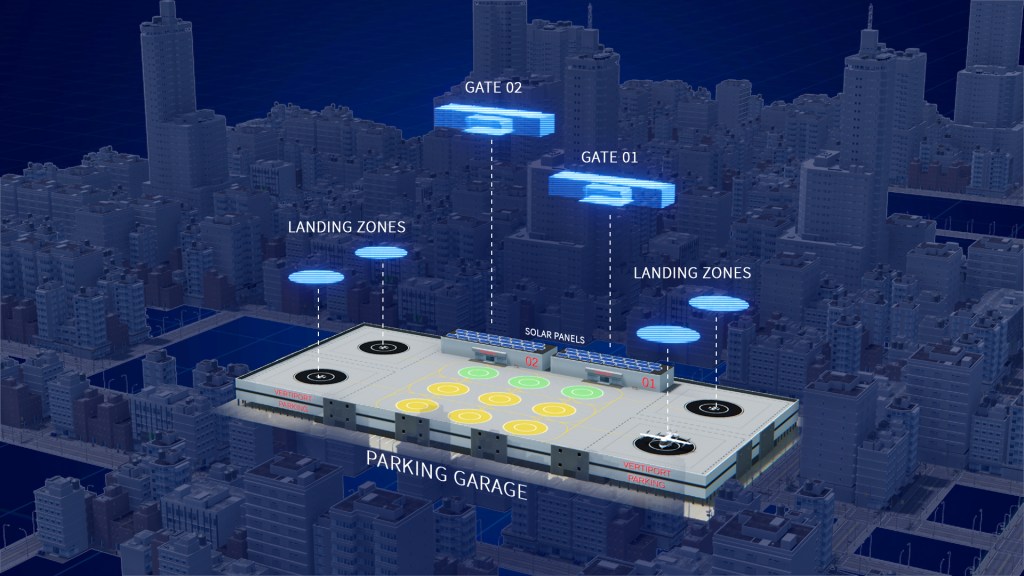
Building the Infrastructure
NASA researchers are considering the network infrastructure required so these aircraft can digitally communicate with each other and traffic management services, as well as brick and mortar infrastructure such as candidate landing surfaces.
































